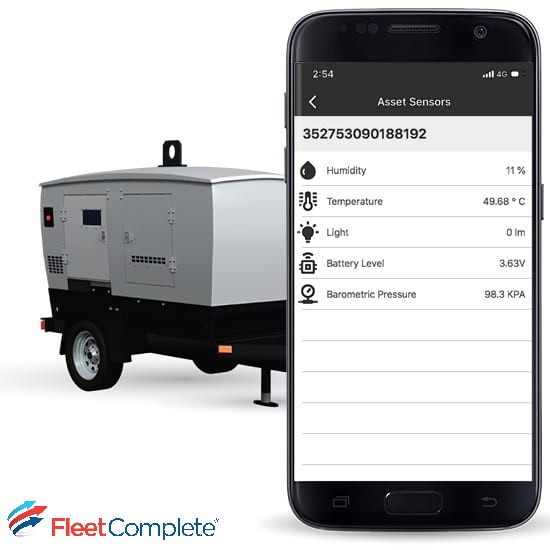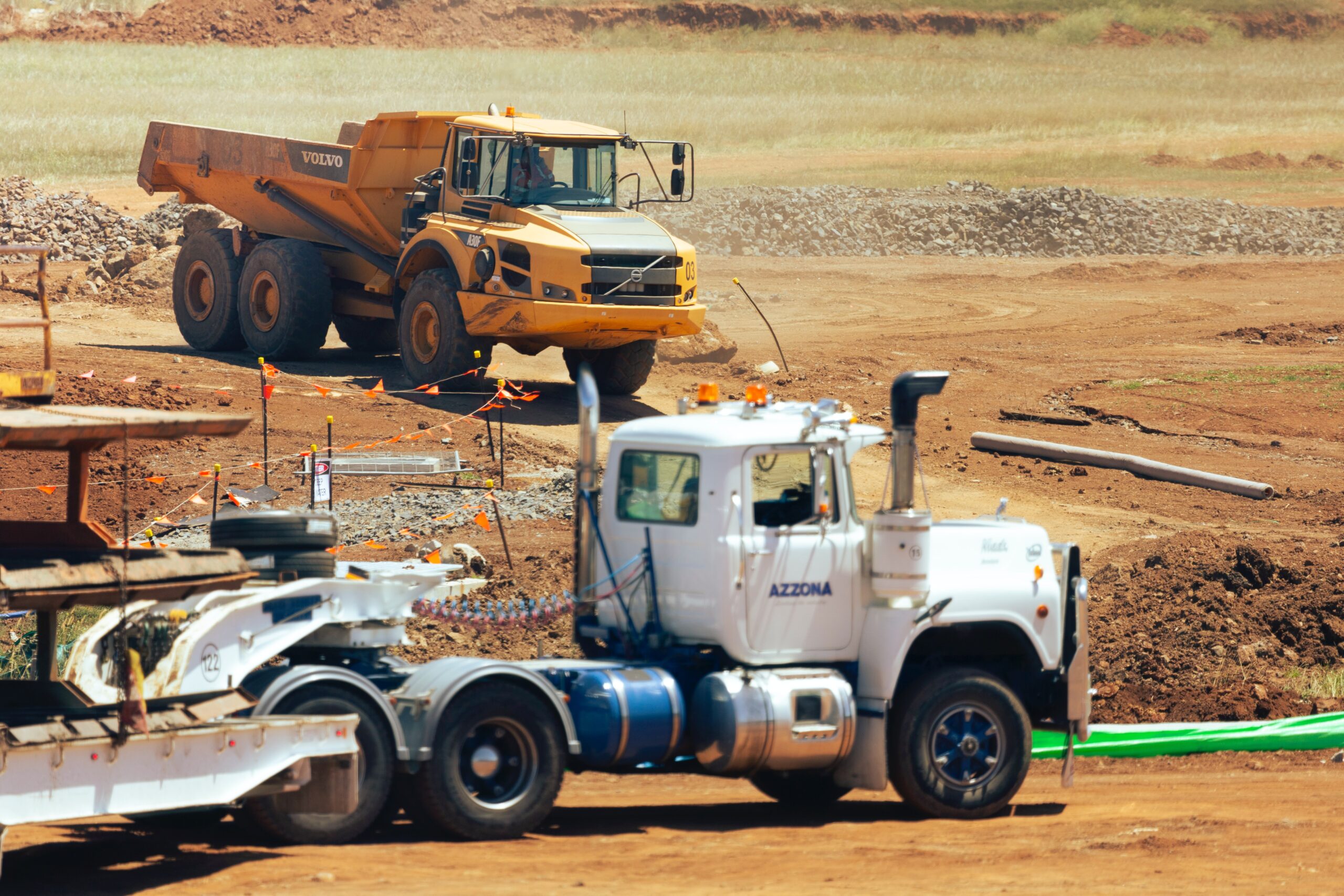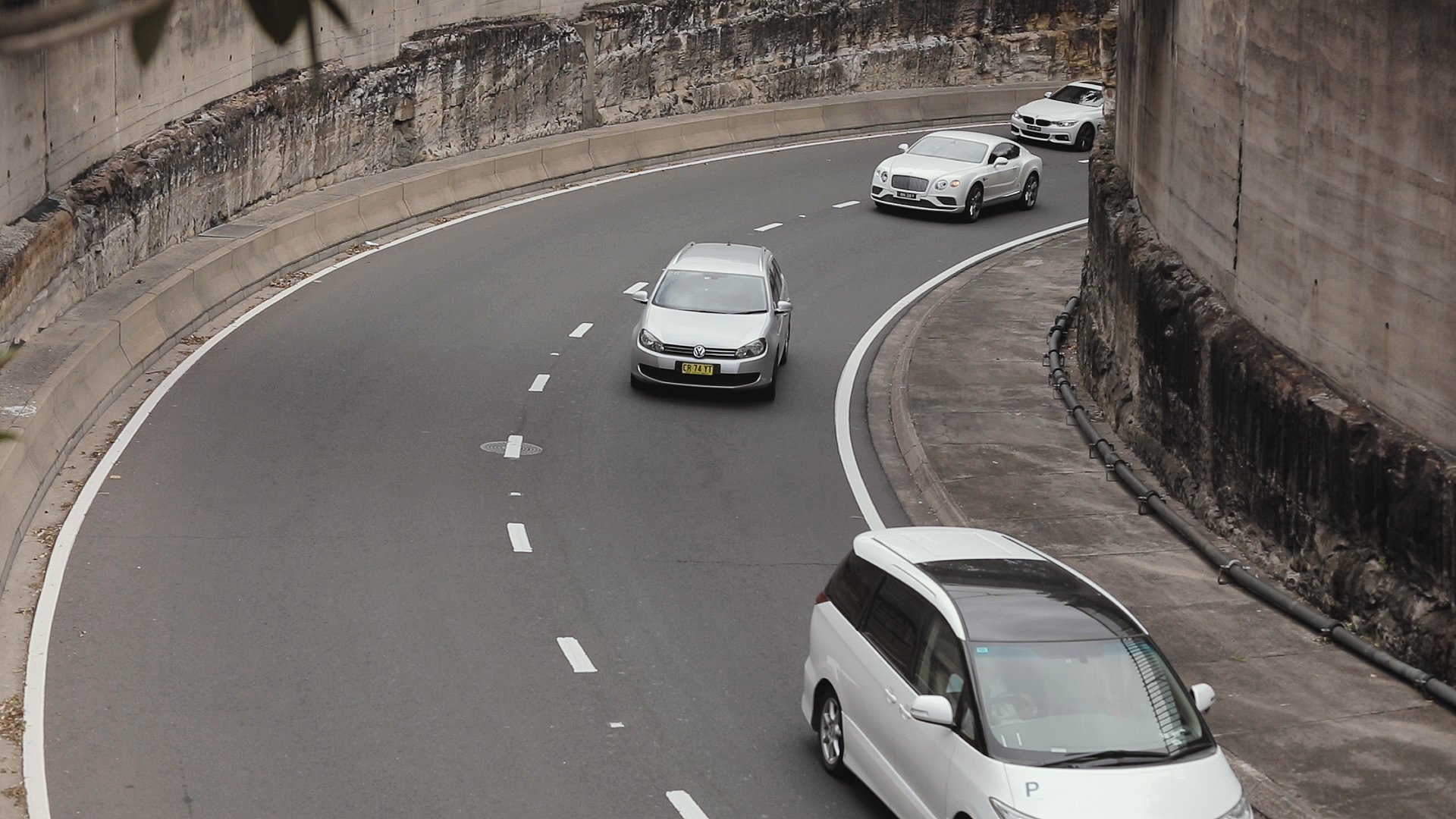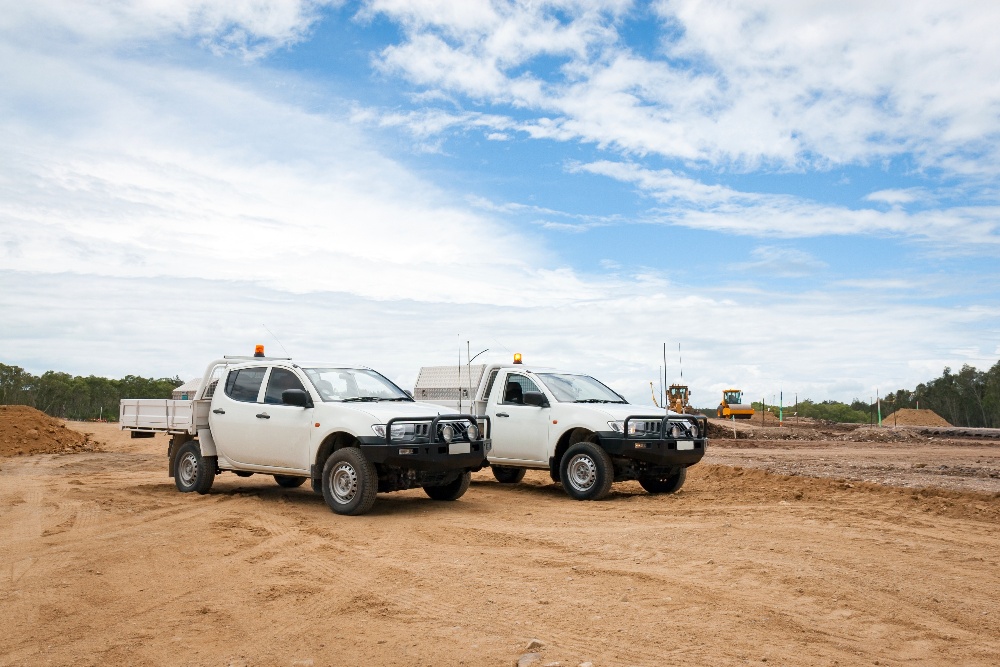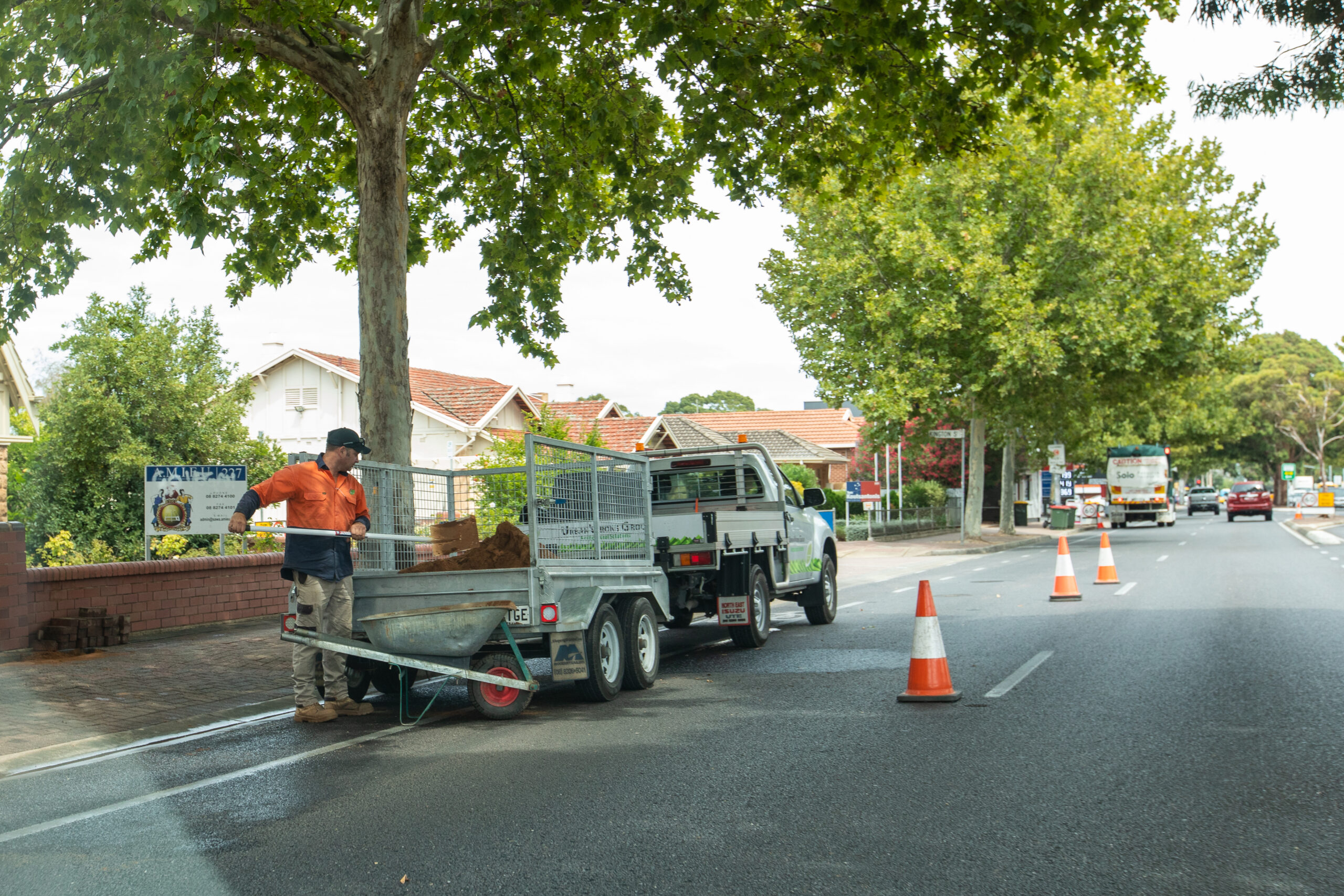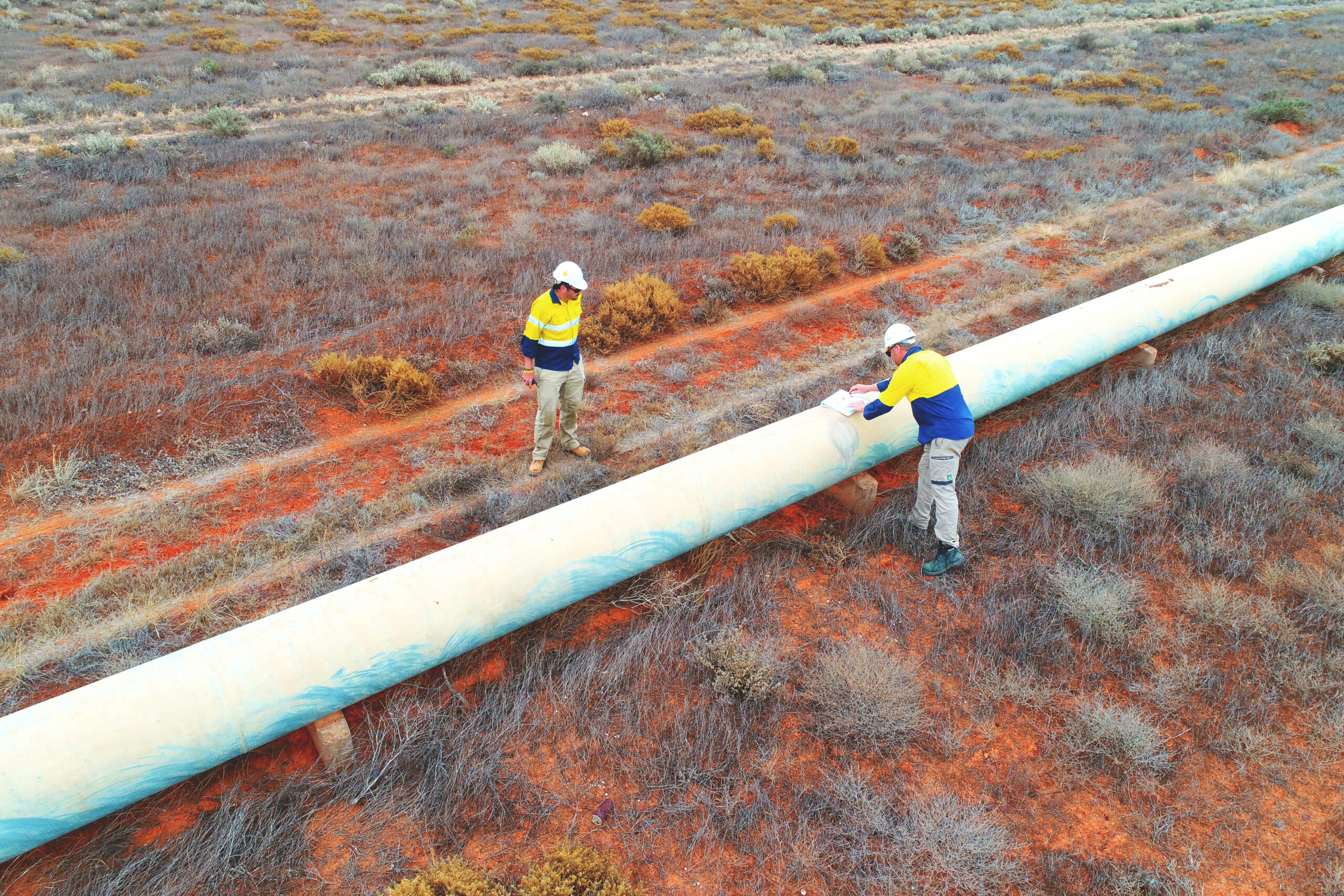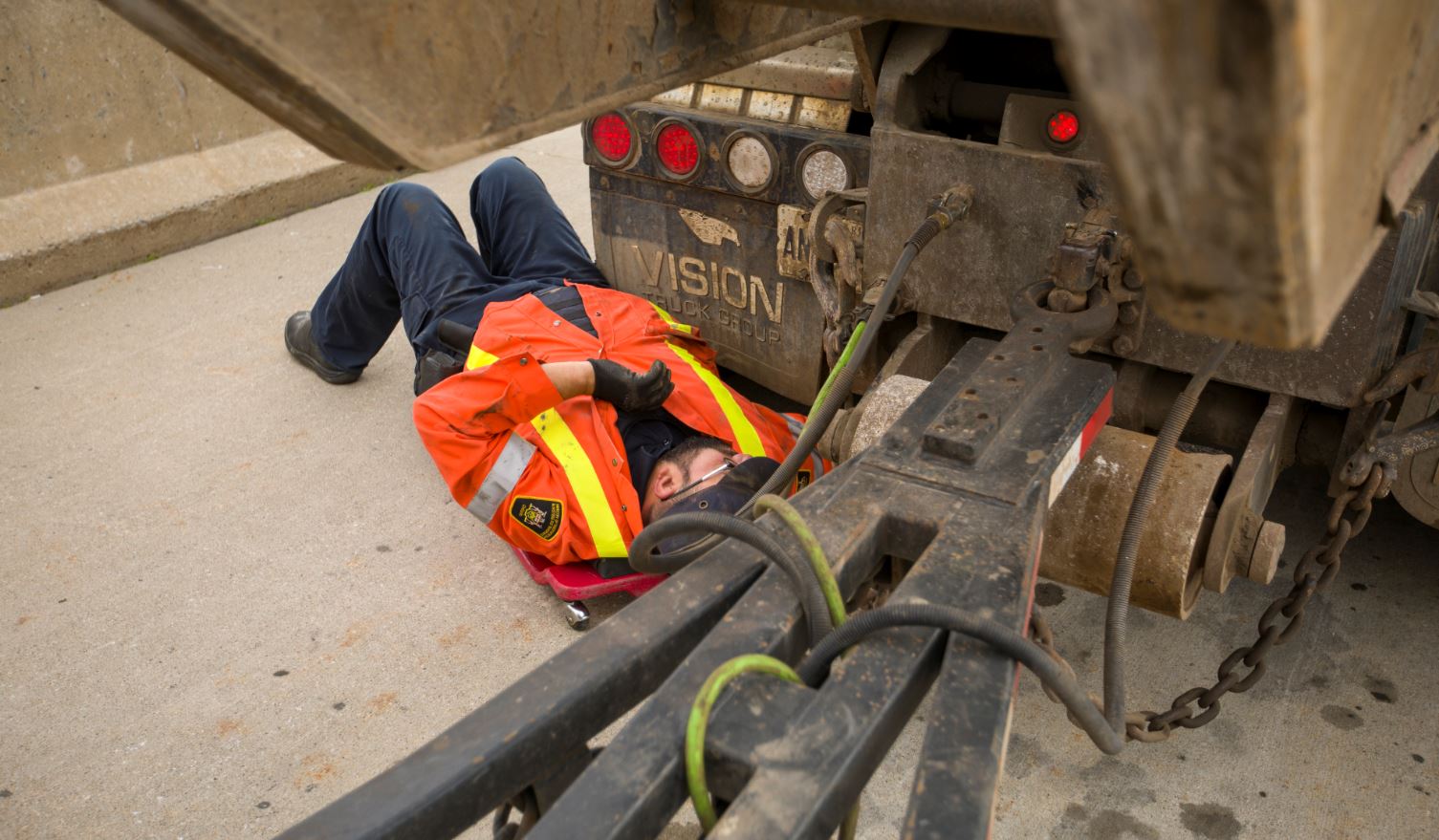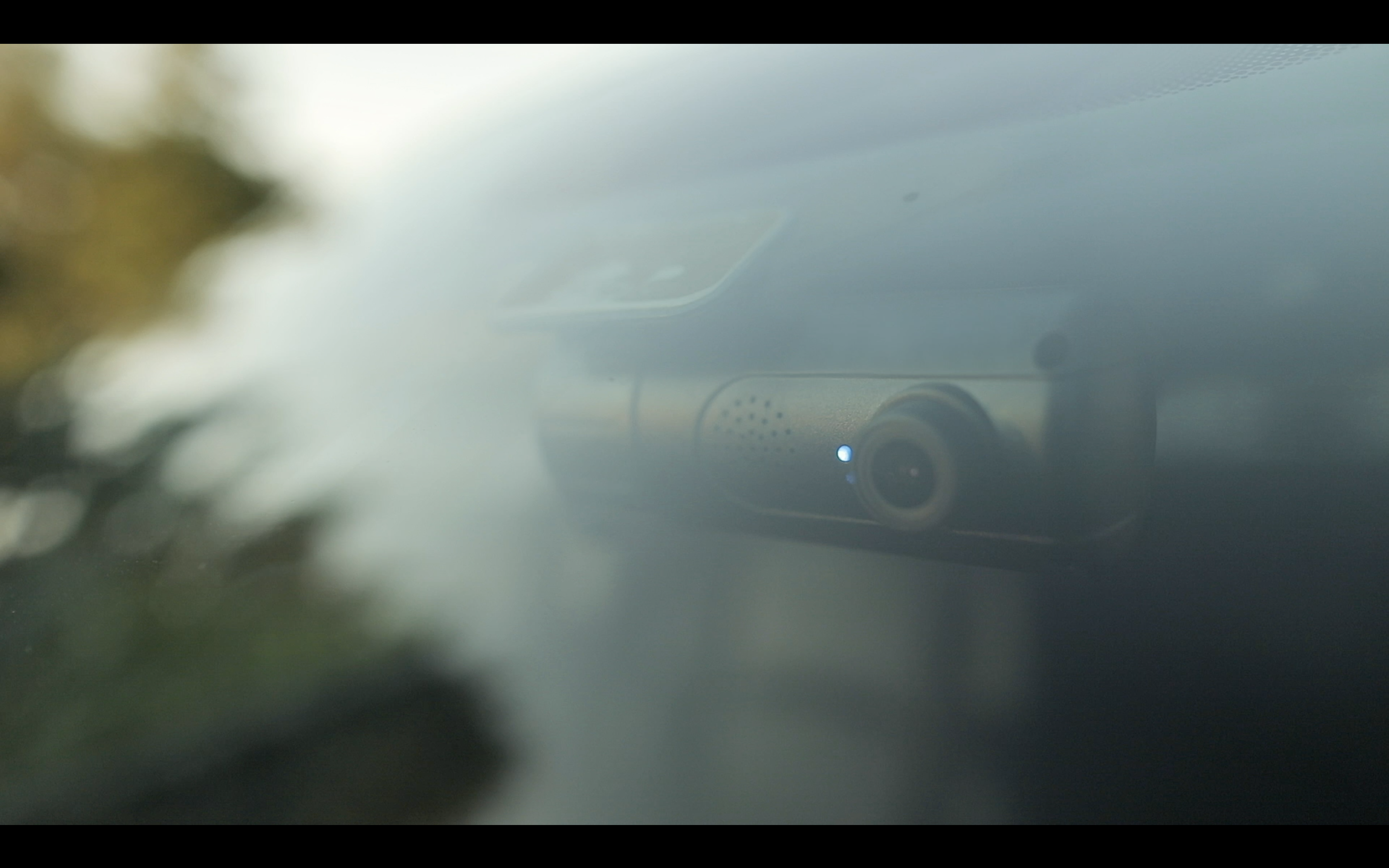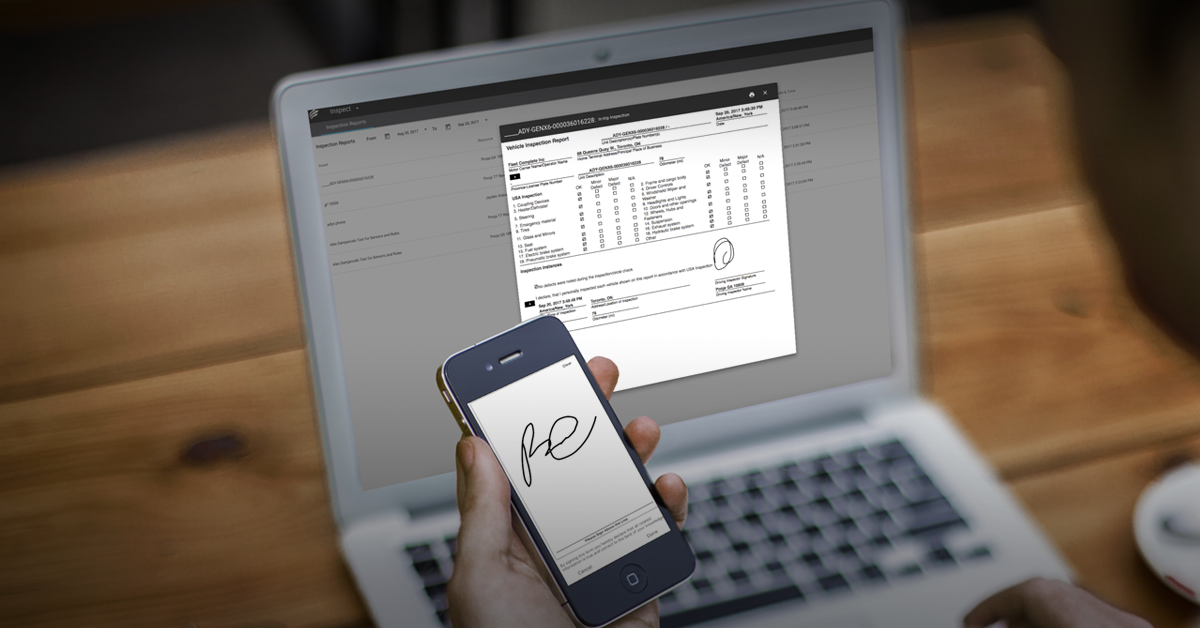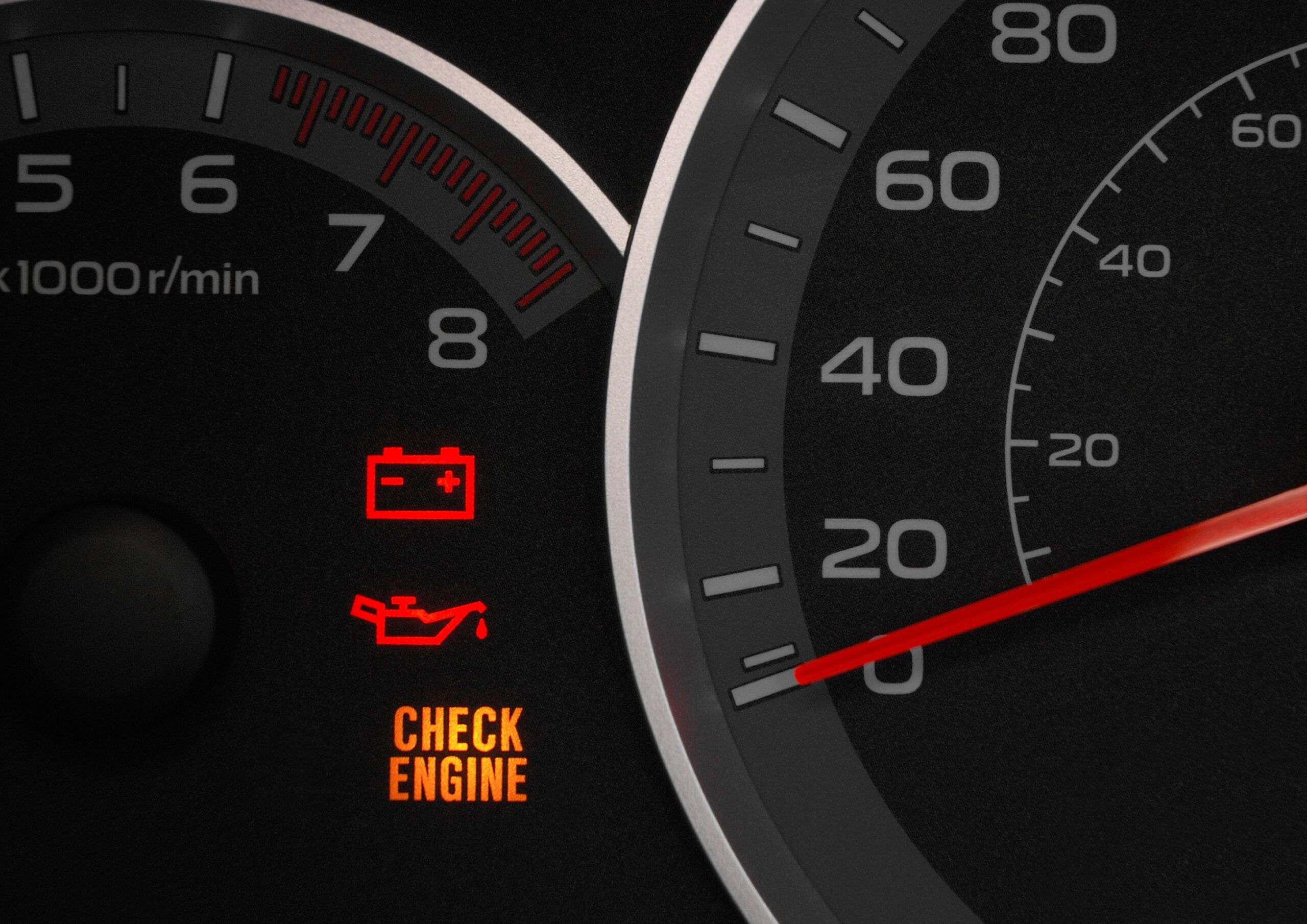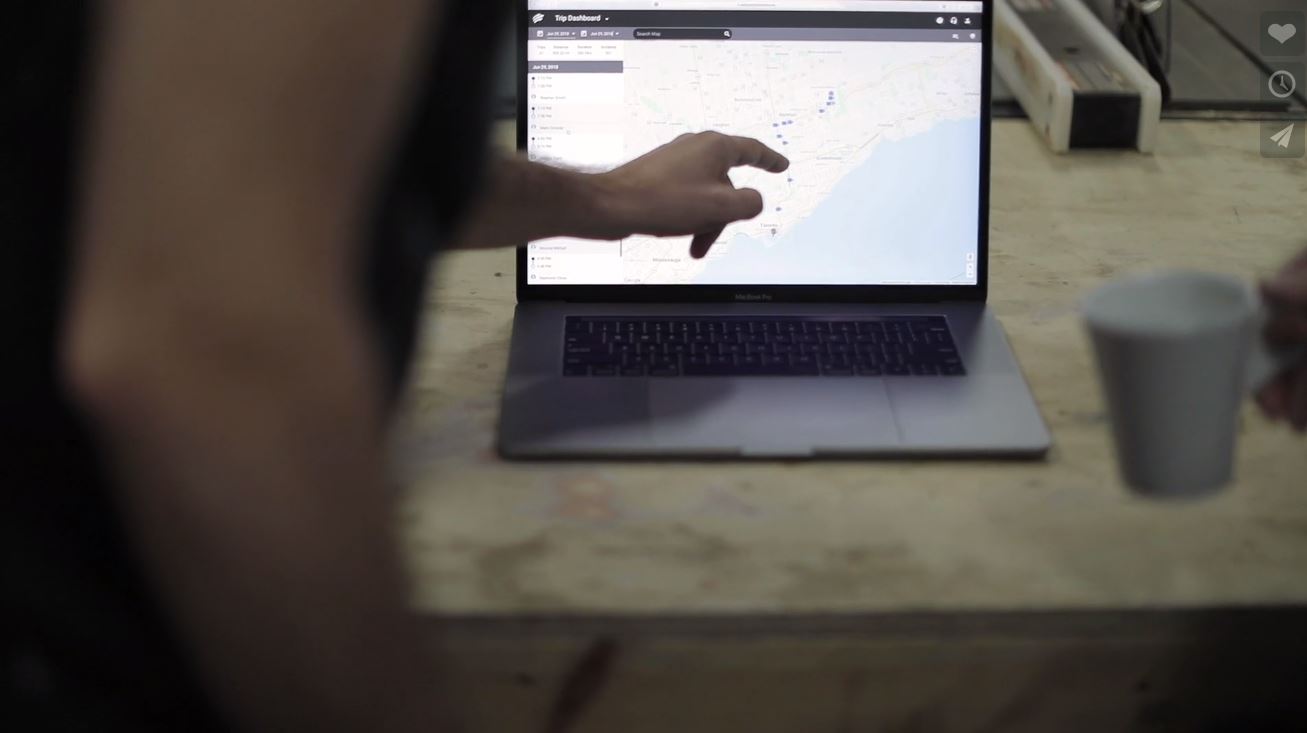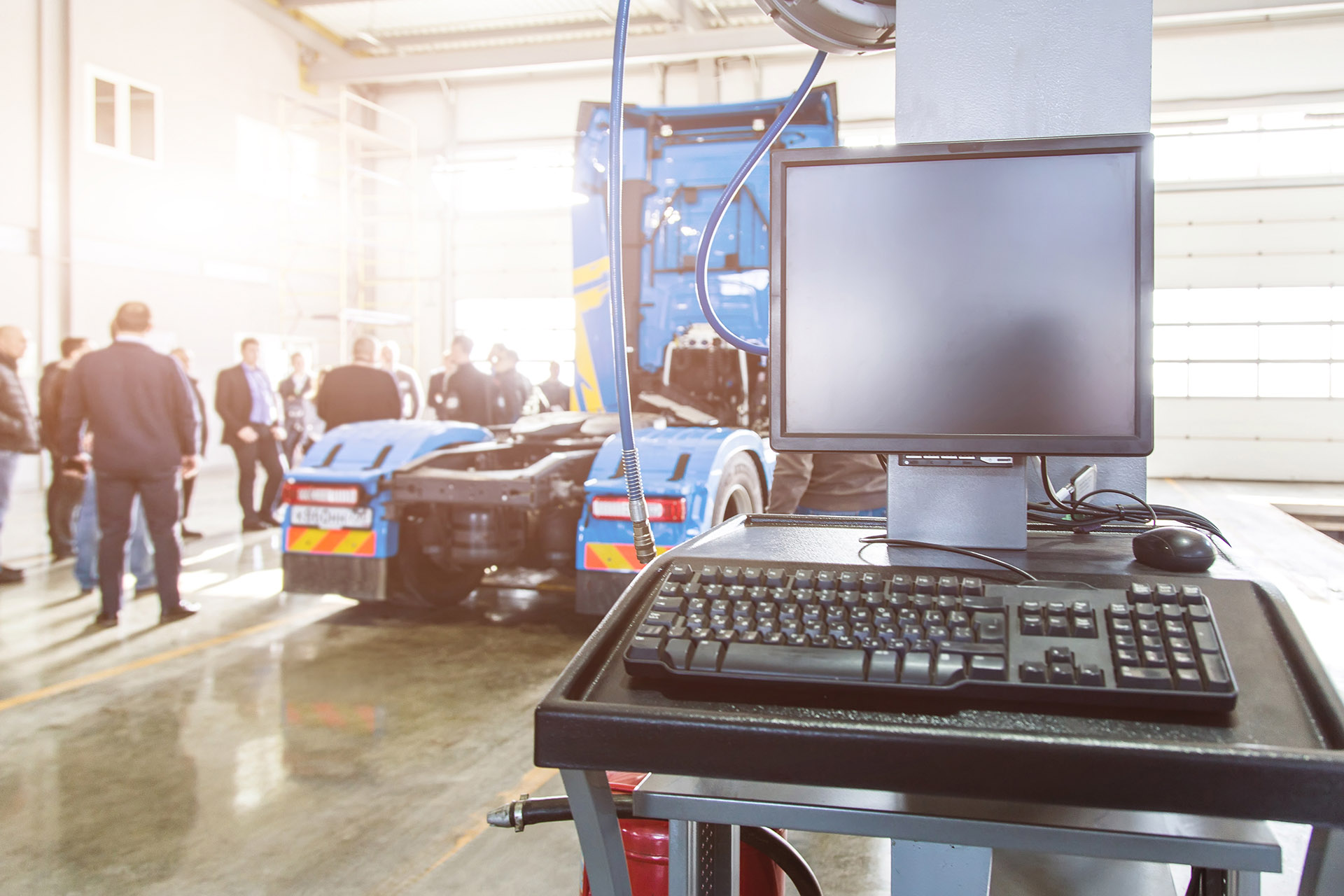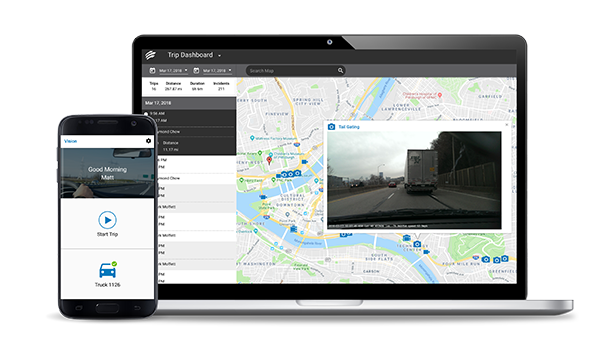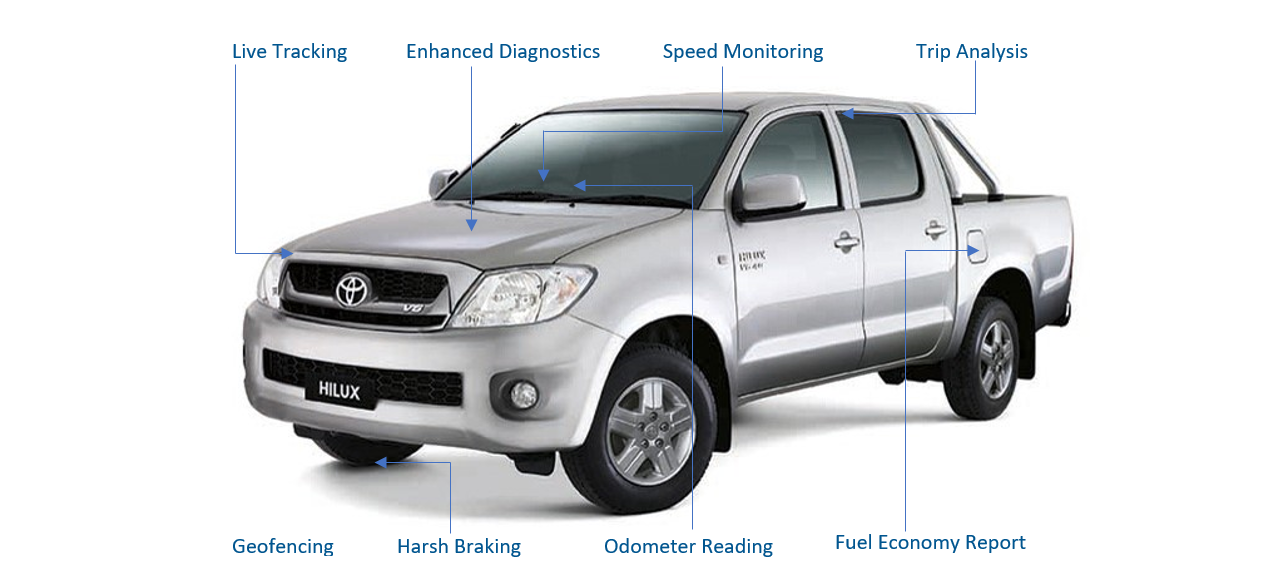While fleet drivers may have more driving experience than the average driver, they still face numerous risks on Australian roadways. These risks range from distracted and inexperienced driving to issues like fatigue and physical health problems like obesity, high blood pressure, and diabetes.
Thankfully, there are steps you can take to help your drivers avoid these risks. Below, we’ll go through the above 4 road risks in detail and show you how you can mitigate them.
1. Distracted Driving
According to the Australian NSW Government’s Roads and Maritime Services, at least 14% of all crashes and as many as 10% of fatalities are directly attributable to driver distraction. The biggest distractions are other people in the vehicle, adjusting the sound system, and the use of smartphones while driving. The use of smartphones has become so much of a problem that in 2019, authorities in NSW launched a driver smartphone detection camera program.
According to Bernard Carlon, the executive director of transport for New South Wales’ Centre for Road Safety, “Independent modeling has shown these cameras could prevent around 100 fatal and serious injury crashes over five years. There is strong community support for more enforcement, with 80% of people surveyed supporting the use of detection cameras to stop illegal mobile phone use.”
To prevent your fleet drivers from driving distracted, first, educate your drivers on the financial loss, injuries, and fatalities caused by distracted driving. Then, set rules and consequences if the rules are broken. You can create a contract that contains safety clauses, like requiring drivers to pull over before they can answer a phone call and ensure all drivers sign it.
2. Inexperienced Driving
If your drivers are new to driving and are inexperienced on Australian highways, they face additional dangers on the road. A new driver often does not have the experience to assess road dangers as effectively as a driver with extensive experience.
Unfortunately, new drivers are also more likely to make poor decisions behind the wheel because they may overestimate their skills and underestimate the complexity of the traffic situation.

It’s best, of course, to avoid recruiting inexperienced drivers. However, if your organisation is dealing with a driver shortage and you need to recruit drivers who don’t have as much experience as you’d like, make sure you tackle safety issues and monitor driver responses and safety protocols.
You can do this with Fleet Complete’s Vision, a reliable video solution that will detect any lane drifting, tailgating, speeding, aggressive driving or missed stop sign and alert the driver with audio feedback. Drivers can review their infractions after every trip to be more mindful of their poor on-road habits next time they get behind the wheel.
3. Fatigue and Lack of Sleep
According to the Transport Accident Commission Victoria, drowsy driving is suspected to be the primary cause of over 20% of car accidents. Drowsy driving is extremely dangerous because sleep deprivation has similar effects on your body as consuming alcohol.
To help your drivers reduce fatigue and drowsy driving, we recommend you implement a driver management fatigue policy. The policy should include journey schedules that prioritise safety over performance and regular rest breaks during long journeys. Example policy points include requiring drivers not to drive more than 8 hours straight within a 24-hour period. This helps drivers recognise symptoms of fatigue and consequences for non-compliance.

4. Health Issues
Constantly being on the road can be tough on one’s physical health. Unfortunately, fleet drivers spend the majority of the day sitting and tend to purchase store-bought ready-to-consume food and beverages. While these eating options are cheap and convenient, they can place drivers’ health at risk. A prolonged lifestyle with a lack of physical activity, constant sitting, and nutritionally-poor meals can lead to diseases such as obesity, diabetes, hypertension, high blood pressure, obstructive sleep apnea, restlessness, and cancer.
Thankfully, these lifestyle-related diseases can be avoided. Fleet managers should take the extra effort to help drivers find a diet and exercise plan that works and is easy to stick to. Examples include encouraging drivers to adhere to 15-30 minutes of exercise every day via a fitness mobile app and to make healthier food choices of low-calorie snacks that are high in protein and low in sugar (e.g., fruits, veggies, yogurt, granola bars, nuts, hard-boiled eggs). Finally, encouraging drivers to have some time to unwind and relax is vital for reducing stress and keeping them happy and healthier.
There’s no doubt that fleet drivers face many risks on Australian roads. These risks range from distracted driving, inexperienced driving, fatigue and lack of sleep, to physical health issues like obesity, diabetes, and more. Thankfully, the majority of these risks can be avoided if you take proactive steps to implement rules and policies and enforce them appropriately. While setting rules and strict consequences for non-compliance can seem harsh, it’s one of the best ways to ensure your employees are behaving safely on the road.
With Fleet Complete, you can ensure that all your fleet drivers are following the procedures and rules you put in place, while minimising the financial burden of unsafe driving. Start by trying our Fleet Complete demo today.















